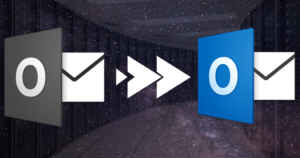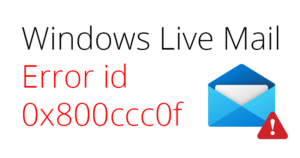If you are willing to import the .ost file to Outlook in a manner that allows you to access the OST data, then you have landed on the right post. This write-up will describe how to import OST file in Outlook 2016, 2019, 2021 and all other versions. Also, we will understand the need to convert OST to PST file format and its different methods. The practices that professionals use to handle this situation are also explained in this blog. Be with the blog and get your answers.
Instant Solution: Are you looking for a quick & easy way to import your OST file into Outlook 2021, 2019 or Outlook Web? With Shoviv OST to PST converter, you can do it in just a few clicks!
Why do users need to import OST files into Outlook?
This section is going to be a bit lengthy! There are several instances when you need to import an OST file into Outlook.
This paragraph will be going to discuss a few common reasons behind importing the OST files into Outlook. The reasons are as follows:
- In case users need to access data from an orphaned OST file if the account is inactive or deleted.
- All data, including emails, contacts, or calendars, will be recovered from inactive accounts by importing OST to Outlook.
- It will also help users to move existing OST files to a new computer or new Outlook profile.
- Users can also create a backup of their OST file data by importing it into the Outlook PST format.
More reasons can encourage users to import OST to Outlook 2021, 2019, 2016, or earlier versions. Let us know the solutions to accomplish this task effectively.
First, Locate the OST files as per your Outlook versions:
There are two ways to locate your OST files.
- You can go to the File tab of Outlook and then click twice on the Account Setting option.
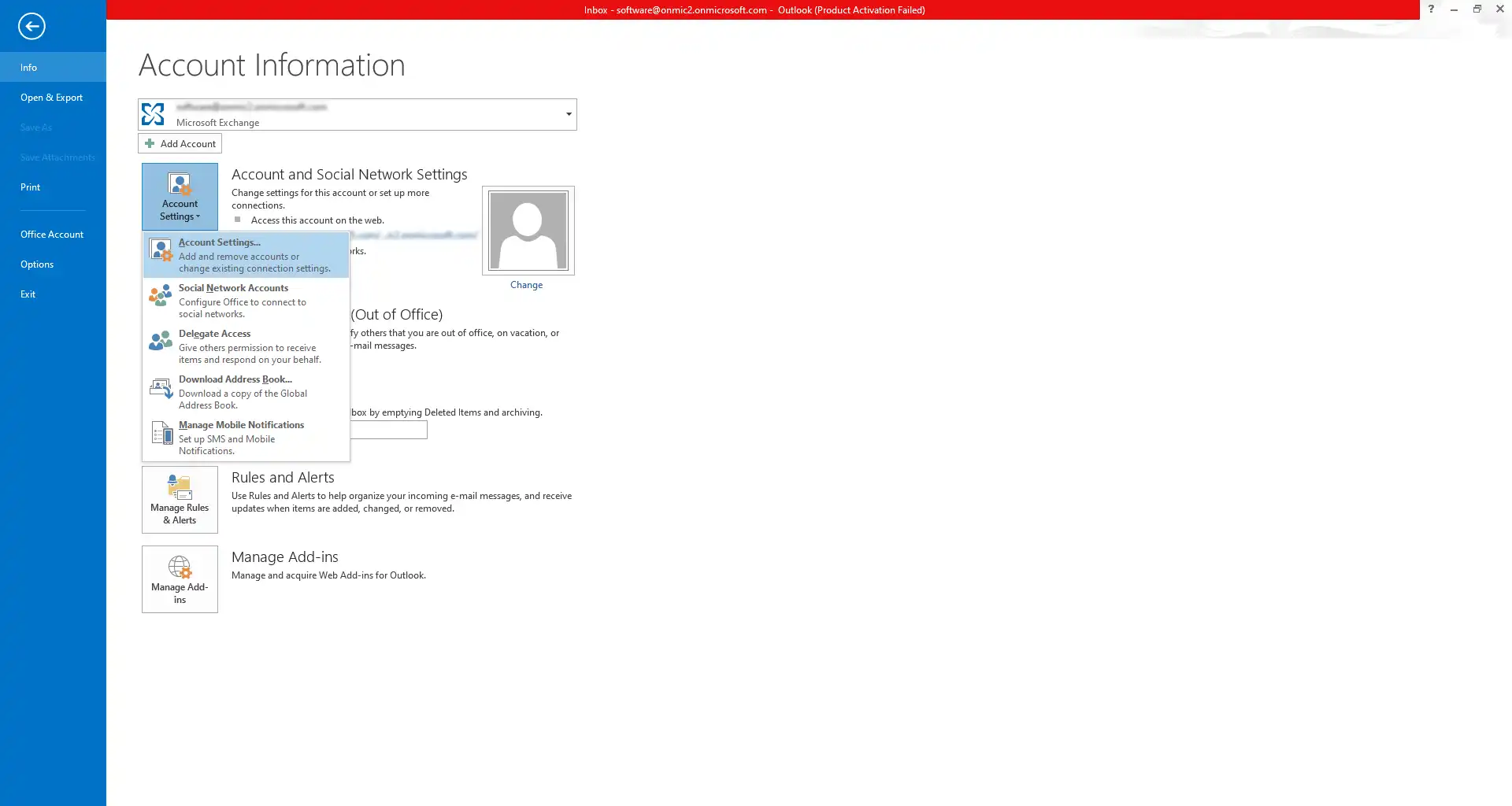
- Next, go to the Data Files tab and click the Open File Location option, and you will be redirected to the OST file location.
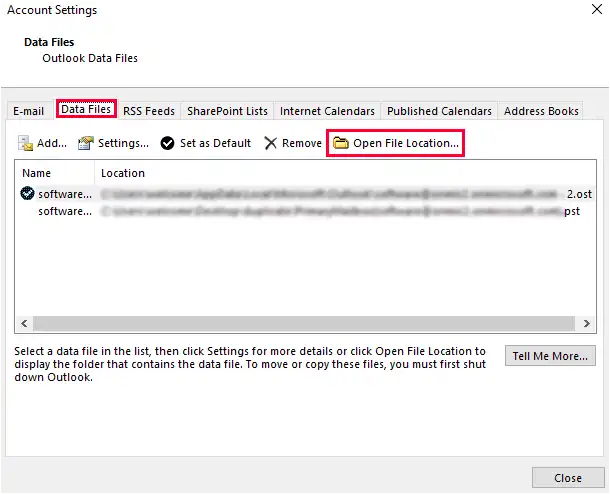
The second option is to browse the following location on your Windows Operating System
- Older Windows versions: drive:\Documents and Settings\<username>\Local Settings\Application Data\Microsoft\Outlook
- Windows 10: drive:\Users\<username>\Roaming\Local\Microsoft\Outlook
Import the OST File into Outlook PST Format Manually
We know that to import OST to Outlook, it is mandatory to convert OST to PST, as only .pst can be added to the Outlook account. There are two manual methods that you can commonly use to export your OST data to a PST file but these manual methods are not prevalent among professionals.
- Using Outlook’s built-in Import/Export wizard
- Old email archiving feature.
Choose specific folders or mailboxes to migrate, ensuring a targeted transfer. Import the PST file into Outlook, retaining your data structure and familiar interface.
Importing OST File Using the Archive feature:
It is an Outlook feature that allows you to archive old emails from OST files into PST format regularly. Pursue the following steps:
- Open Outlook and go to the File Tab.
- Click on the Options from the left pane.
- Next, select the Advanced option and click on the Auto Archive Settings…
- The following steps are to set up the auto-archive as per your need. You have to set the day count to run auto-archive. Also, you can set a count to clear old emails.
- Once done, click OK, and Outlook will automatically create an archive of your OST emails at the specified time.
- You can ensure the Archive utility’s working by navigating the location that you pick to save the PST files.
Import OST file into Outlook PST with Import/Export
- Open Outlook and navigate to the File tab.
- Now click on the Open & Export option and hit Import/Export.
- Then, select the Export to a file option in the following wizard.
- Following that, choose Outlook Data File (PST) and click.
- Select the Outlook profile or folder you want to import into PST format.
- At last, browse the folder to save the converted Exchange OST file.
As mentioned, both manual methods can be utilized to import OST file into Outlook, but before using these methods, make sure your OST file is connected to an Exchange Server. Below, I’ve described the drawbacks of both methods. You can read them before utilizing manual solutions.
Why do professionals avoid manual solutions?
- The archive option only archives emails, which you will receive after configuring the Archive settings. Hence, you cannot import complete OST files using this method.
- Importing multiple OST files into Outlook PST is impossible with this utility. Also, there is a chance that your OST file will be divided into several PST files, and you may lose your data.
- The utility is quite slow, like manual methods, which process around a gig of data in an hour. Hence, if you have several OST files, it will take months to import them.
Recommended Automated solution to import OST files
As previously stated, the Shoviv tool is examined by experts in many challenging scenarios, and it has become a data savior every time. Due to its convenient GUI and user-oriented nature, the tool is recommended for everyone, from tech-savvy to novice users.
Why Should You Go with the Shoviv OST to PST Converter?
- This software recovers data from orphaned/inaccessible or corrupted OST files.
- It works with no restrictions on the size and number of OST files.
- Users can save recovered data from OST to various formats, including PST, EML, MSG, vCard, etc.
- Also, users can move OST files to Office 365 and On-Premises Exchange Server.
- This tool offers a simple user interface; no users need any technical knowledge to handle the OST to Outlook importing task.
- Once you have done importing OST file data to Outlook PST, users can easily access or open OST file data to any Outlook version.
- The incremental export option is also available to avoid duplicate items in the target.
How to import OST files into Outlook 2021, 2019, 2016, and other versions?
- Install and launch the Shoviv OST to PST Converter.
- Click on the Add OST file option from the ribbon bar and Add OST files. (Check the box adjacent to Advance Scan to repair severely corrupt OST files).
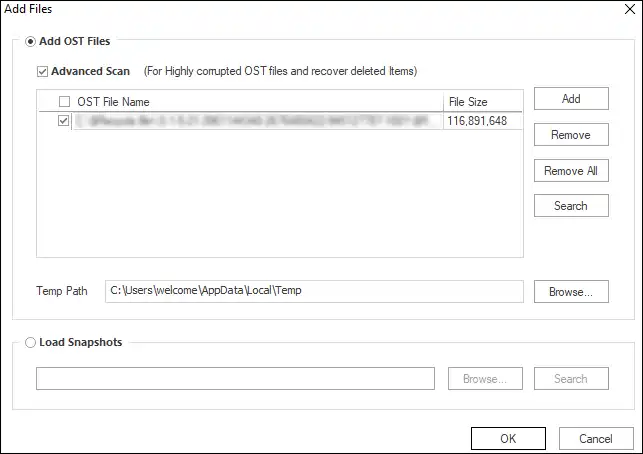
- Next, click the OST to PST option from the ribbon bar and check/uncheck OST items in the following wizard. Select Outlook folders to Export.
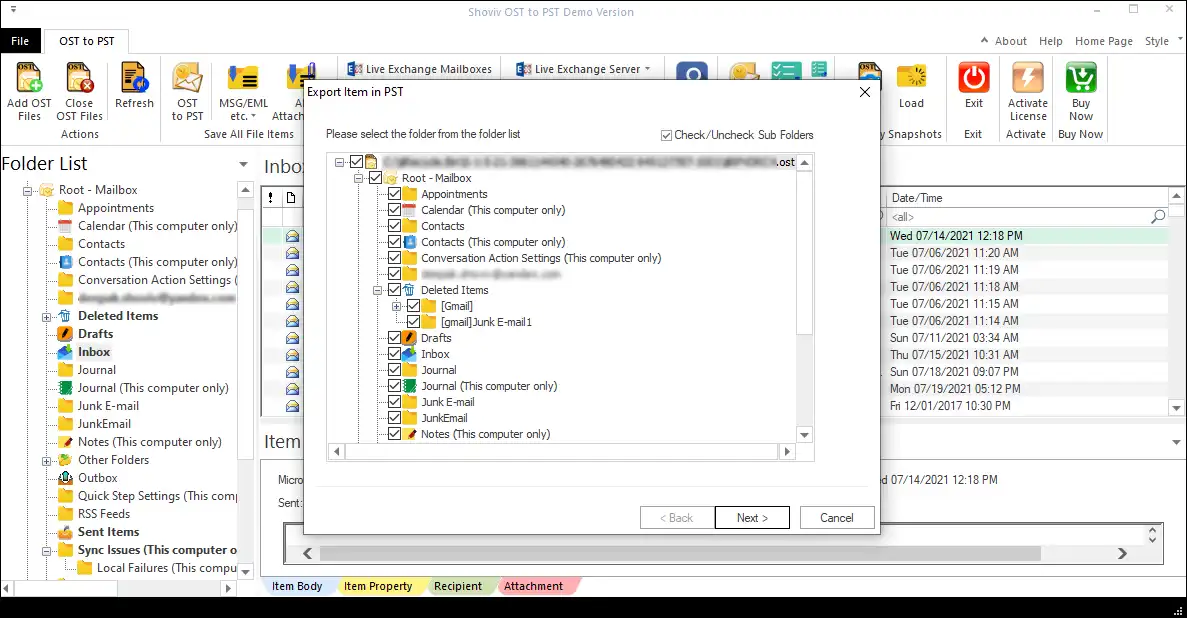
- Now browse the location to store the resultant PST file. You can also set a specific size and password for the resultant PST file.
- Apply Settings such as Password for PST and incremental Export, splitting PST.
- At last, the filter wizard pops up. You can filter out unwanted items; for other options, click the Advance option. Apply filter if needed.
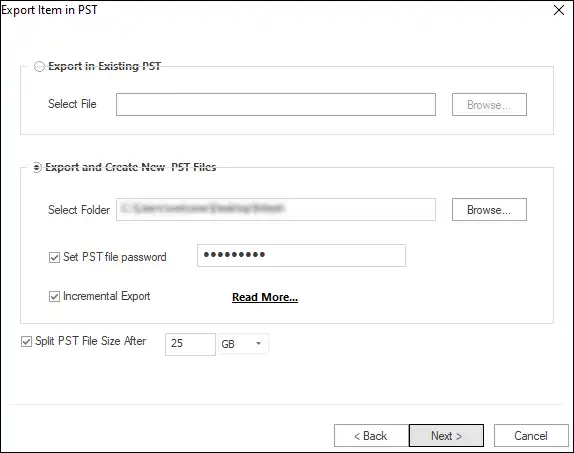
- Once the process is complete, click on the Finish.
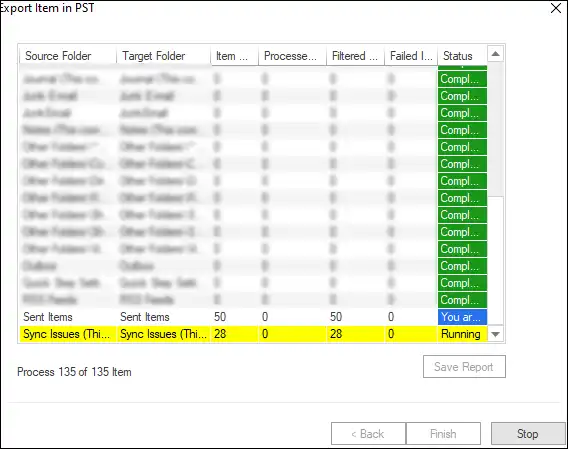
After converting OST to PST the next step is to add PST file Outlook. Users can simply import OST to Outlook in this way by converting OST to PST and then adding .pst.

Frequently Asked Question
A: Follow the below steps:
1. Install and open the Shoviv OST Converter.
2. Add OST file >> “OST to PST option”.
3. Choose the destination path and click Export.
4. Open Outlook>File>Open & Export>Import/Export.
5. Select “Import from a file” and select newly created PST.
A: Yes, you can access the OST file item in Outlook 2019, but for this, you first need to convert the OST to the PST file format. You can’t directly add OST to Outlook.
A: I’ve already mentioned above, use Shoviv OST viewer to open & view OST file without Outlook, even the corrupted ones. You can install and use the Shoviv OST viewer for free.
A: Manually, it is not possible to import OST file contacts. For this, you have to opt for Shoviv OST to PST converter; it imports every bit of OST files to Outlook PST.
A: Yes. The Shoviv OST Converter Tool recovers corrupt OST files from all Outlook versions.
A: Yes. The Shoviv OST to PST Converter Tool allows users to import OST files directly into Office 365 mailboxes, public folders, and archive mailboxes.
A: You can find multiple tools on the internet to import OST files into Outlook. However, the Shoviv OST to PST Converter Tool is recommended for a seamless process.
A: You can convert OST file data to PST format using the Shoviv OST to PST Converter Tool for recovering corrupted OST file data.
- How to Backup and Restore Emails in Webmail? - March 25, 2025
- How to Migrate Outlook to New Computer? - February 15, 2025
- Fix If Outlook Cannot Display the Specific Folder Location - February 1, 2025

